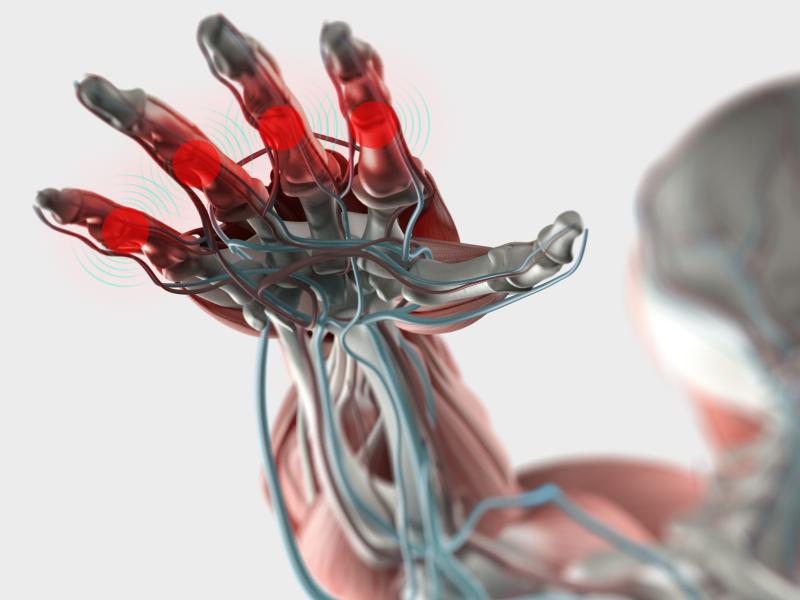Infection
Long-term golimumab helps prevent infections in RA | Latest news for Doctors, Nurses and Pharmacists
Long-term treatment with golimumab results in relatively low infection rates among patients with
rheumatoid arthritis (RA), a study has shown.
The risk factors for infections include pulmonary disease, higher age, and high corticosteroid (CS) dose. In addition, serious infections (SIs), but not nonserious ones (NSIs), are associated with a higher likelihood of golimumab discontinuation.
A total of 530 patients with RA (mean age 57.7 years, RA duration 8.0 years) enrolled in the Biologic Treatment Registry Across Canada (BioTRAC) initiating golimumab treatment were included in this study.
The researchers calculated the incidence density rates (IDRs) of total infection (TI), SI, and NSI for the overall follow-up (90 months) and by 6-month intervals. They also explored the predictors of infection over time or within the first 6 months using generalized estimating equation models and logistic regression, respectively.
The IDR for TIs over an average follow-up of 27.0 months was 35.1 events per 100 person-years, with the majority occurring during the first 6 months. The corresponding IDRs for NSIs and SIs were 32.9 and 2.2 events per 100 person-years.
Within 6 months, no predictors had been identified for infection incidence. On the other hand, comorbid pulmonary disease significantly correlated with increased likelihood of TIs and NSIs over time, while higher age and high CS dose (>5 mg/day) were predictive of a higher SI odds.
Notably, SI incidence, but not NSI, correlated with higher odds of treatment cessation.

